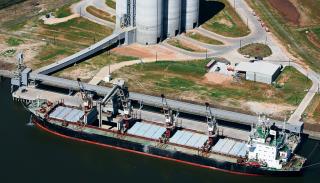While the need for infrastructure and housing is considerable in Kazakhstan, lower oil receipts, a depreciating tenge and sluggish global growth conspire against elevated levels of public spending. However, the government has pinned its hopes on foreign investment to meet construction demand as well as expand the cement production base, which in turn will reduce expensive imports.
Kazakhstan’s macroeconomic landscape remains challenging. The country’s economy contracted 4.1 per cent in 2014, followed by a further drop of 1.2 per cent last year. The World Bank and the IMF forecast GDP growth in 2016 of just 0.1 per cent.
Sluggish global growth and the protracted downturns in China and Russia have not helped Kazakhstan, while the oil crisis has suffocated any potential for a fiscal recovery. Following the 40 per cent depreciation of the tenge against the US dollar on 20 August 2015, the currency has been floated. This has resulted in more expensive imports as well as rising inflation.
